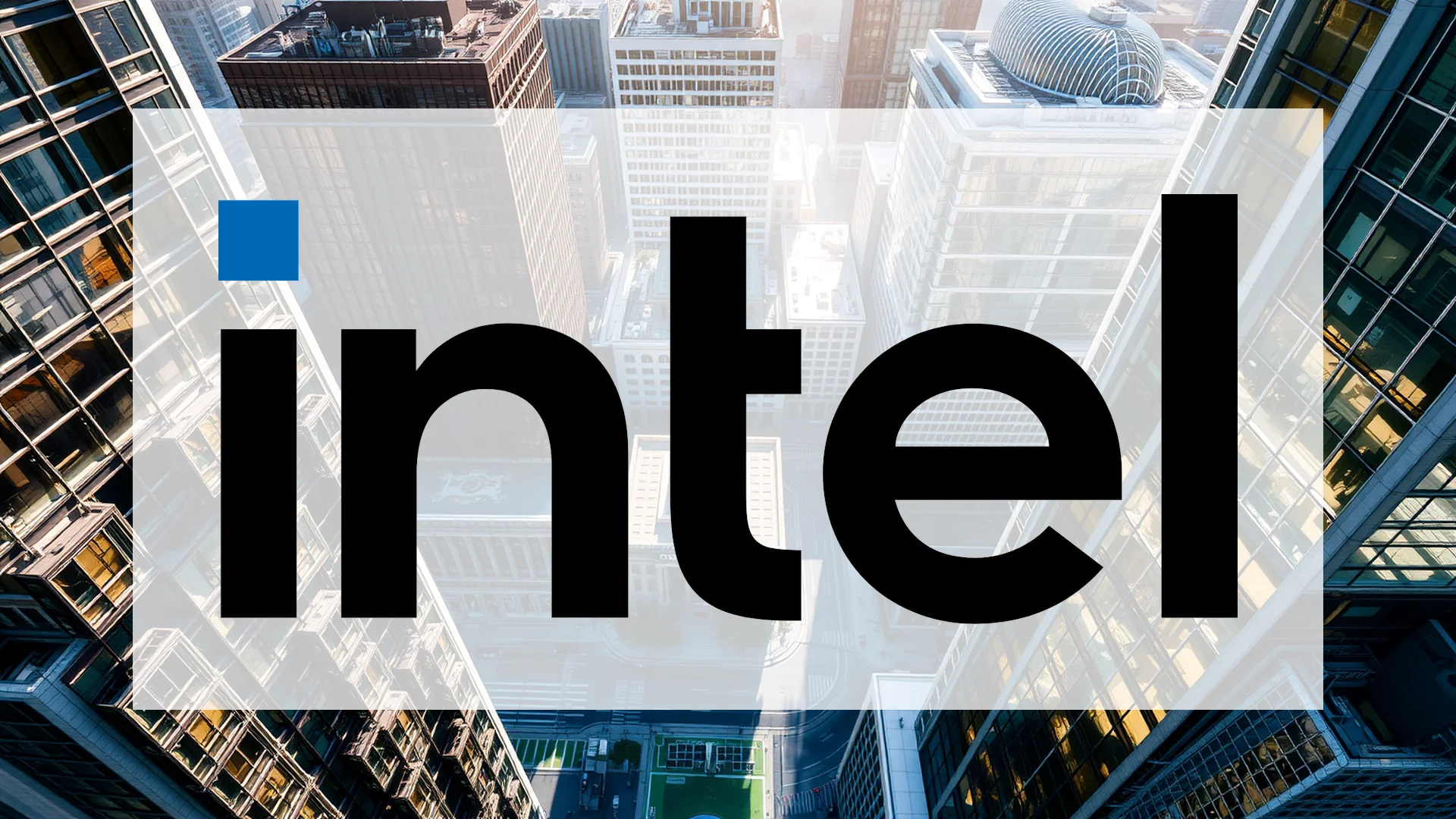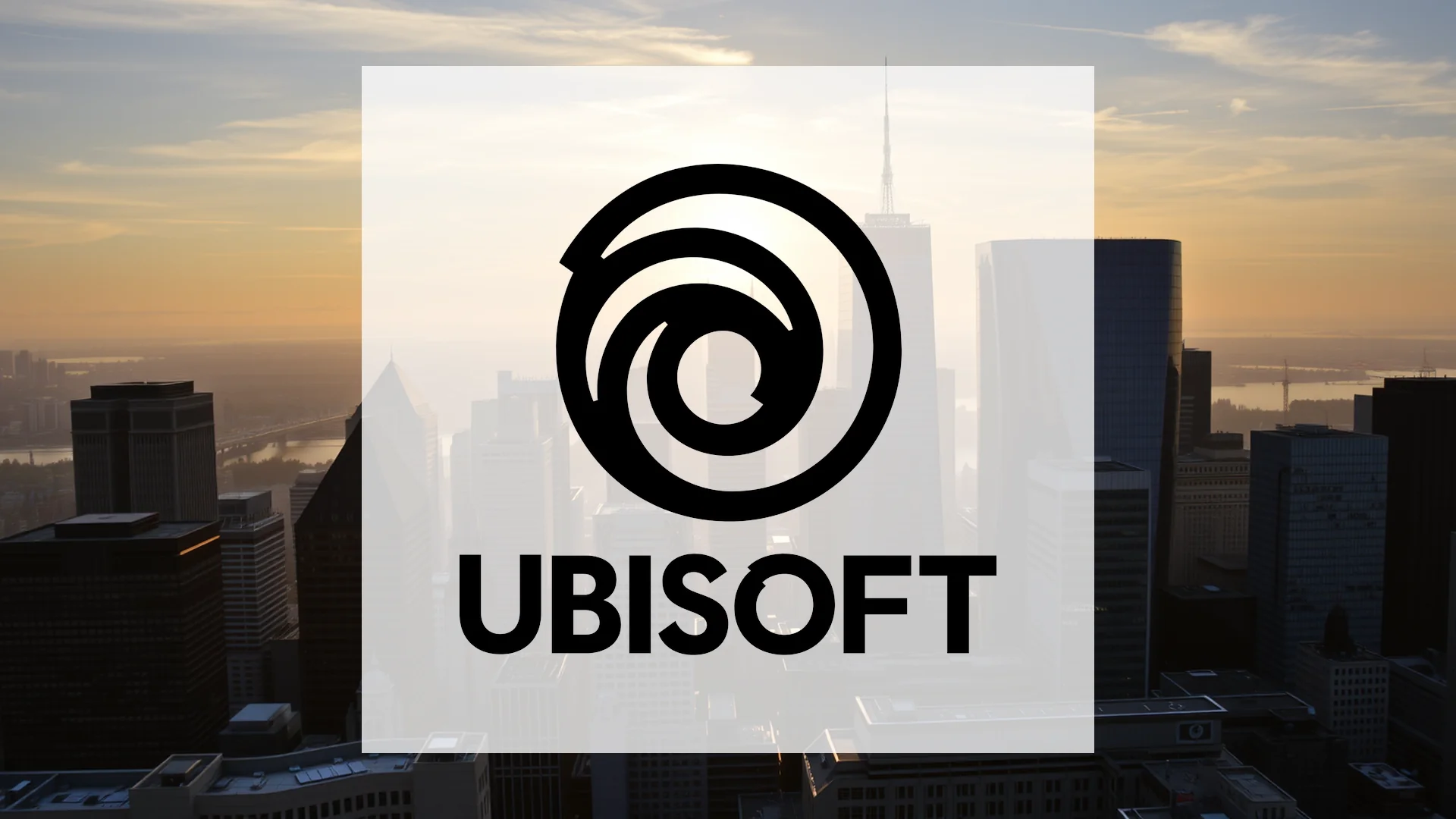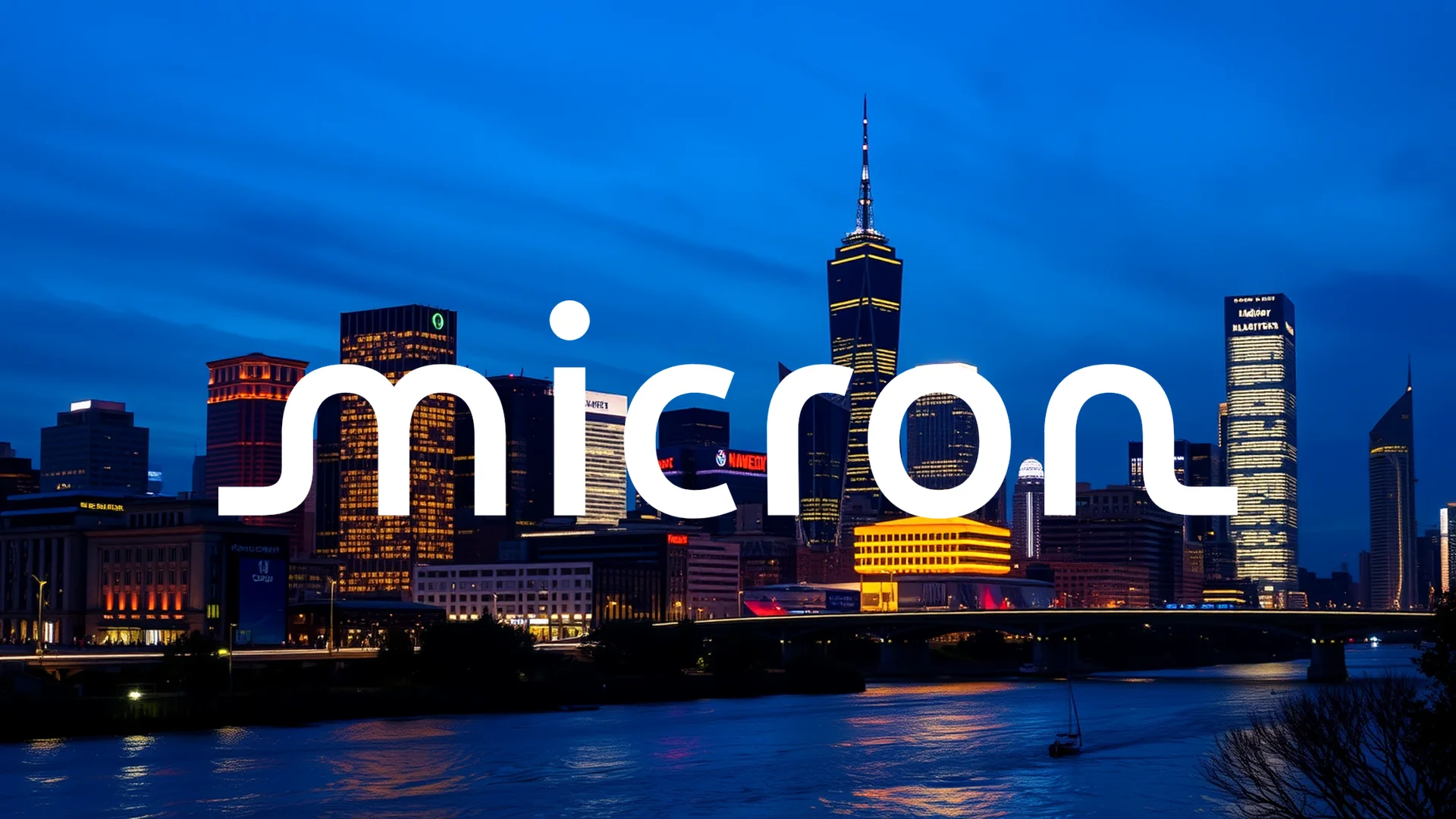Intel’s ambitious foundry expansion plans have encountered a significant obstacle with Qualcomm’s CEO Cristiano Amon publicly stating his company will not utilize Intel’s manufacturing capabilities for its mobile processors. According to Amon, Intel’s production technology hasn’t yet reached the maturity required for power-efficient mobile chips. Instead, Qualcomm will maintain its existing manufacturing partnerships with TSMC and Samsung.
This rejection represents a substantial setback for Intel’s foundry division, which the chipmaker is counting on to drive its corporate turnaround. The company needs to attract major clients to justify the enormous investments being made in rebuilding its manufacturing infrastructure.
Financial Performance Highlights Challenges
Recent financial results underscore the magnitude of Intel’s challenges. The company’s second quarter 2025 results revealed operational losses exceeding $3 billion within its foundry business unit. While the division did achieve a modest 3% revenue increase, the enormous costs associated with regaining technological leadership continue to weigh heavily on profitability.
Intel’s overall corporate performance similarly disappointed investors. Q2 2025 brought stagnant revenue of $12.9 billion and a loss of $0.10 per share, falling significantly short of market expectations. In response to these disappointing results, management has initiated a comprehensive restructuring program.
Should investors sell immediately? Or is it worth buying Intel?
Key elements of Intel’s restructuring initiative include:
* Workforce reduction: Elimination of 15% of positions
* Restructuring costs: $1.9 billion recognized in the second quarter alone
* Q3 outlook: Earnings per share expected to break even at best
* Revenue forecast: Continued pressure anticipated
Government Intervention Provides Lifeline
As Intel’s financial situation grew increasingly precarious, the U.S. government intervened with substantial support. In late August, federal authorities converted CHIPS Act funding into an equity position representing nearly a 10% stake in the company. This direct capital injection aims to provide Intel with financial flexibility while eliminating uncertainties around government subsidies. Intel submitted the necessary documentation to the SEC regarding this arrangement in early September.
Artificial Intelligence Division Shows Promise
Amid struggles in both foundry operations and the traditional PC business, Intel’s artificial intelligence segment has emerged as a potential bright spot. The Data Center and AI division posted revenue of $3.9 billion, representing 4% growth. The company is positioning its Gaudi 3 AI accelerator to compete in the intensely competitive AI hardware market, though questions remain about whether this emerging business can offset the substantial losses in the foundry division.
The convergence of Qualcomm’s rejection, ongoing financial challenges, and substantial restructuring costs raises fundamental questions about whether Intel’s ambitious turnaround strategy can ultimately succeed.
Ad
Intel Stock: Buy or Sell?! New Intel Analysis from October 28 delivers the answer:
The latest Intel figures speak for themselves: Urgent action needed for Intel investors. Is it worth buying or should you sell? Find out what to do now in the current free analysis from October 28.
Intel: Buy or sell? Read more here...










